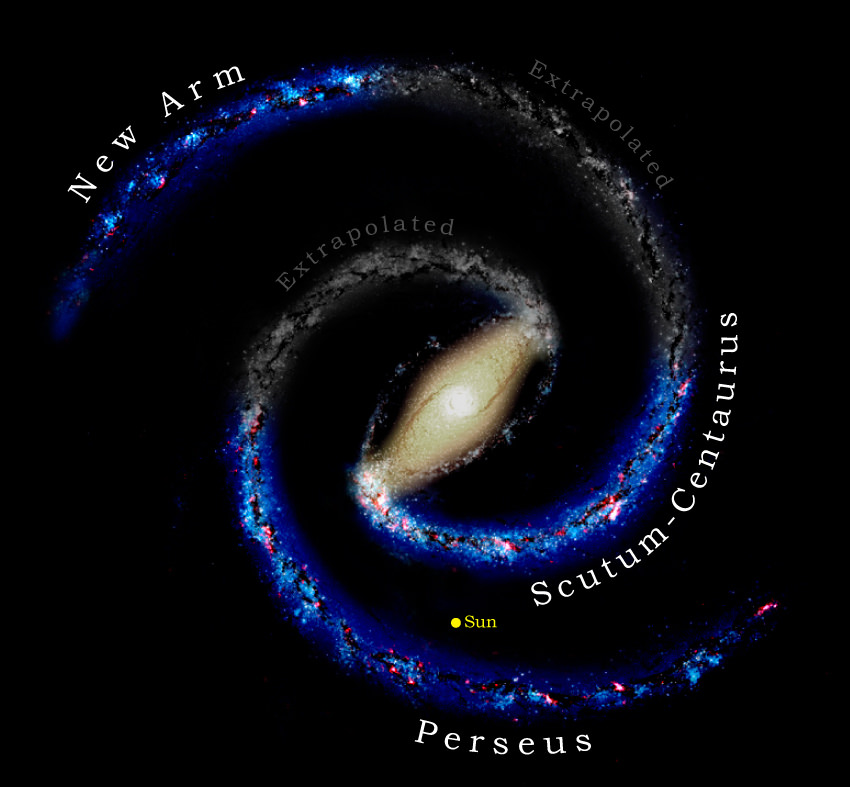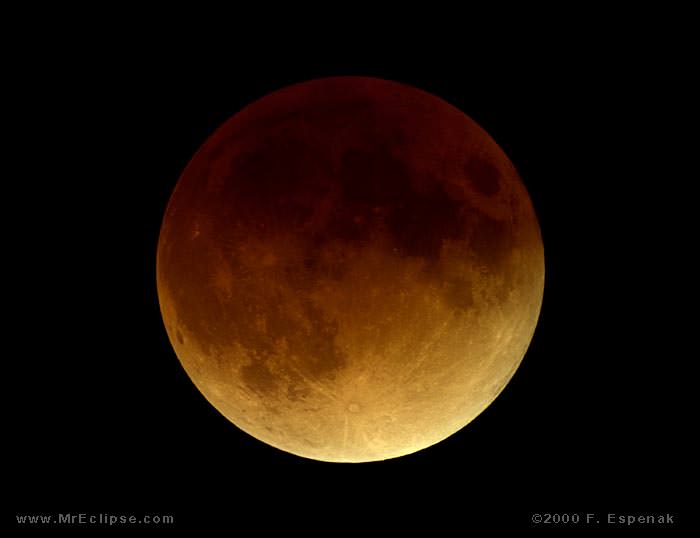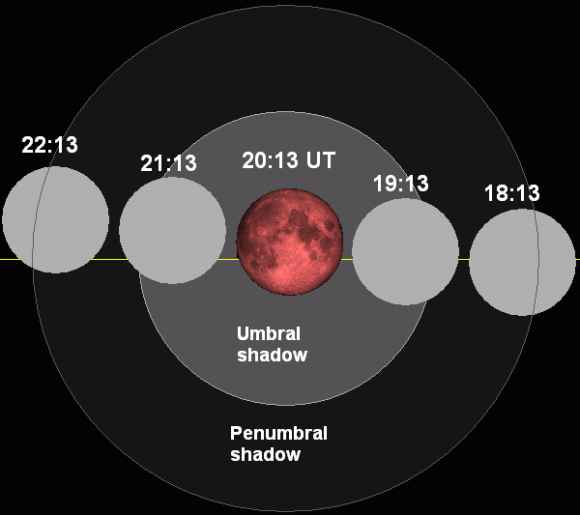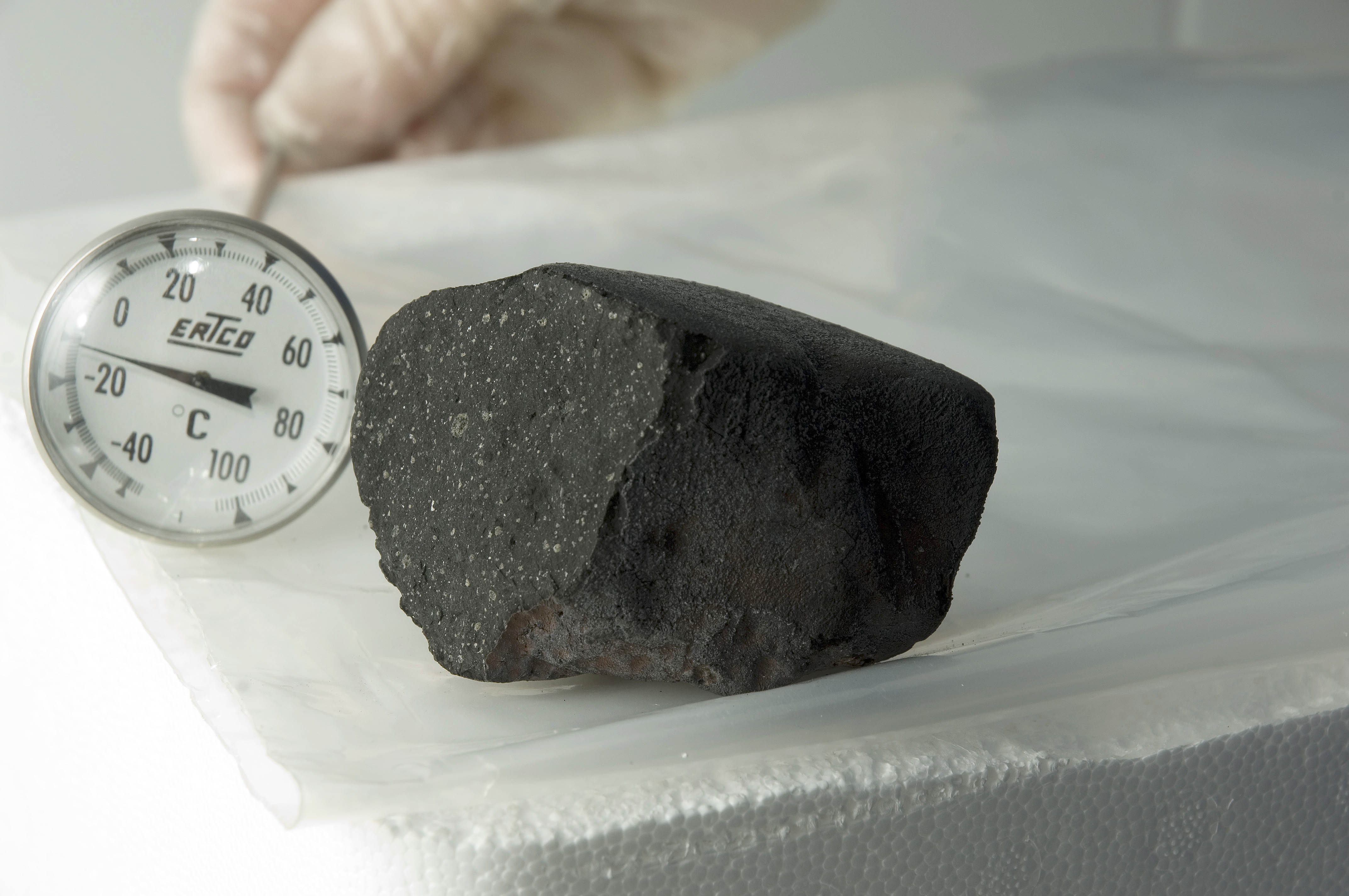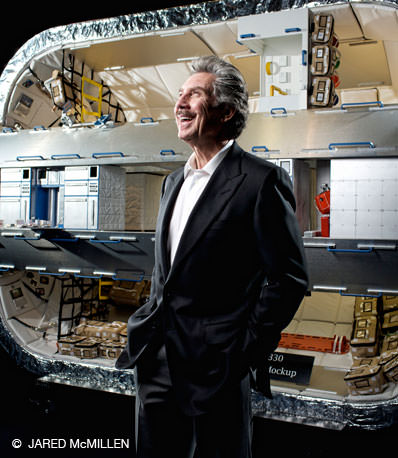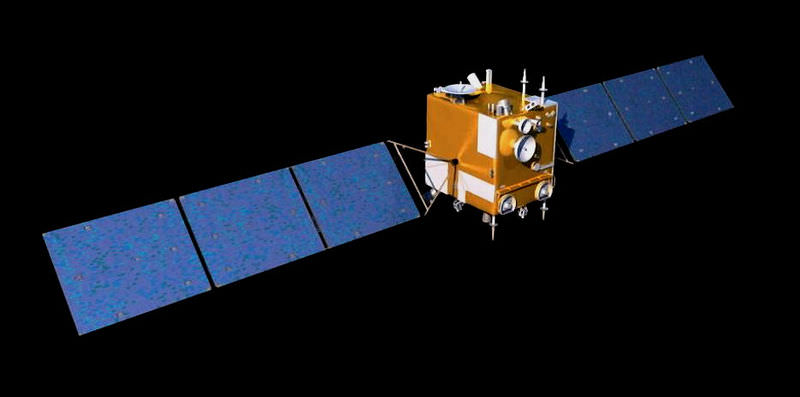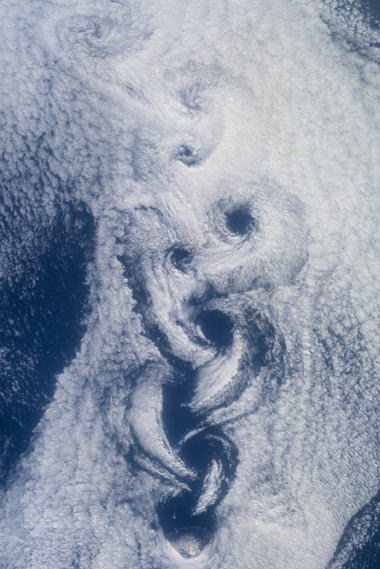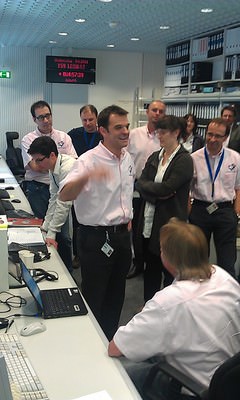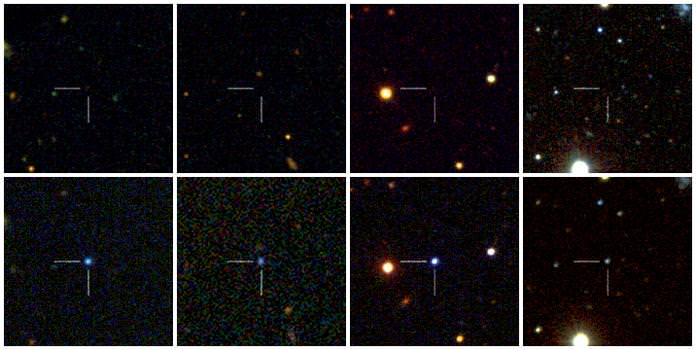[/caption]
We’re all familiar with the hypothesis of panspermia – that life can be “seeded” from the contents of asteroids, comets and planetoids vis-a-vis meteorite impacts – but so far no direct evidence has been found. So why should we even consider meteorites to be potential parents? The truth is out there – they contain the essentials – right down to amino acids. Up until now, what we’ve recovered has been considered structured. Then along came Tagish Lake…
In January, 2000, a large meteoroid exploded in Earth’s atmosphere over northern British Columbia, Canada, resulting in a debris fall over frozen Tagish Lake. It was a rare observed fall, and the meteorites were meticulously gathered, documented and preserved in their frozen state. The reason was twofold: to preserve the integrity of the space stones and to ensure no contamination could occur either to Earth or to the specimens.
“The Tagish Lake meteorite fell on a frozen lake in the middle of winter and was collected in a way to make it the best preserved meteorite in the world,” said Dr. Christopher Herd of the University of Alberta, Edmonton, Canada, lead author of a paper about the analysis of the meteorite fragments published June 10 in the journal Science.
For meteorite collectors, we’re well aware of the value of an observed fall and equally aware of the documentation needed to make a meteorite valuable both to market and scientific study. It’s more than just writing down the date and time of the observation and where the fragments were collected. To be done properly, the field needs to be measured. Each fragment needs to be photographed in the position in which it was found. The depth measured and more. Nothing is left to speculation.
“The first Tagish Lake samples – the ones we used in our study that were collected within days of the fall – are the closest we have to an asteroid sample return mission in terms of cleanliness,” adds Dr. Michael Callahan of NASA’s Goddard Space Flight Center in Greenbelt, Md., a co-author on the paper.
What the scientists found was the Tagish Lake meteorites are rich in carbon – and contain an assortment of organic matter including amino acids. While these “building blocks of life” aren’t new to meteoritic structure, what was out of the ordinary was different pieces had greatly differing amounts of amino acids. This varies way off the beaten path.
“We see that some pieces have 10 to 100 times the amount of specific amino acids than other pieces,” said Dr. Daniel Glavin of NASA Goddard, also a co-author on the Science paper. “We’ve never seen this kind of variability from a single parent asteroid before. Only one other meteorite fall, called Almahata Sitta, matches Tagish Lake in terms of diversity, but it came from an asteroid that appears to be a mash-up of many different asteroids.”
The team set to work on the recovered fragments – identifying different minerals present in each meteorite. What they were looking for was to see how much each had been changed by the presence of water. What they found was the different fragments each had a different water signature not accounted for from their landing on Earth. Some had more interaction and others less. This alteration may explain the diversity in amino acid production.
“Our research provides new insights into the role that water plays in the modification of pre-biotic molecules on asteroids,” said Herd. “Our results provide perhaps the first clear evidence that water percolating through the asteroid parent body caused some molecules to be formed and others destroyed. The Tagish Lake meteorite provides a unique window into what was happening to organic molecules on asteroids four-and-a-half billion years ago, and the pre-biotic chemistry involved.”
How does this change the way we look at the panspermia theory? If future falls continue to show this widespread variability, scientists are going to have to be a bit more reserved in their judgements about whether or not meteorites could deliver enough bio-molecules to make the hypothesis viable.
“Biochemical reactions are concentration dependent,” says Callahan. “If you’re below the limit, you’re toast, but if you’re above it, you’re OK. One meteorite might have levels below the limit, but the diversity in Tagish Lake shows that collecting just one fragment might not be enough to get the whole story.”
While the Tagish Lake samples are undoubtedly some of the most carefully preserved specimens collected so far, there is still a possibility of contamination from both Earth atmosphere and their lake landing. But don’t simply write off these new findings just yet. In one fragment, the amino acid abundances were high enough to show they were made in space by analyzing their isotopes. These versions of elements with different masses can tell us a lot more about the story. For example, the carbon 13 found in the Tagish Lake samples is a much heavier, and less common, variety of carbon. Because amino acids prefer lighter forms of carbon, the enriched and heavier carbon 13 deposits were most likely created in space.
“We found that the amino acids in a fragment of Tagish Lake were enriched in carbon 13, indicating they were probably created by non-biological processes in the parent asteroid,” said Dr. Jamie Elsila of NASA Goddard, a co-author on the paper who performed the isotopic analysis.
The team compared their results with researchers at the Goddard Astrobiology Analytical Lab for their expertise with the difficult analysis. “We specialize in extraterrestrial amino acid and organic matter analysis,” said Dr. Jason Dworkin, a co-author on the paper who leads the Goddard laboratory. “We have top-flight, extremely sensitive equipment and the meticulous techniques necessary to make such precise measurements. We plan to refine our techniques with additional challenging assignments so we can apply them to the OSIRIS-REx asteroid sample return mission.”
We look forward to their findings!
Original Story Source: NASA / Goddard Spaceflight News.

